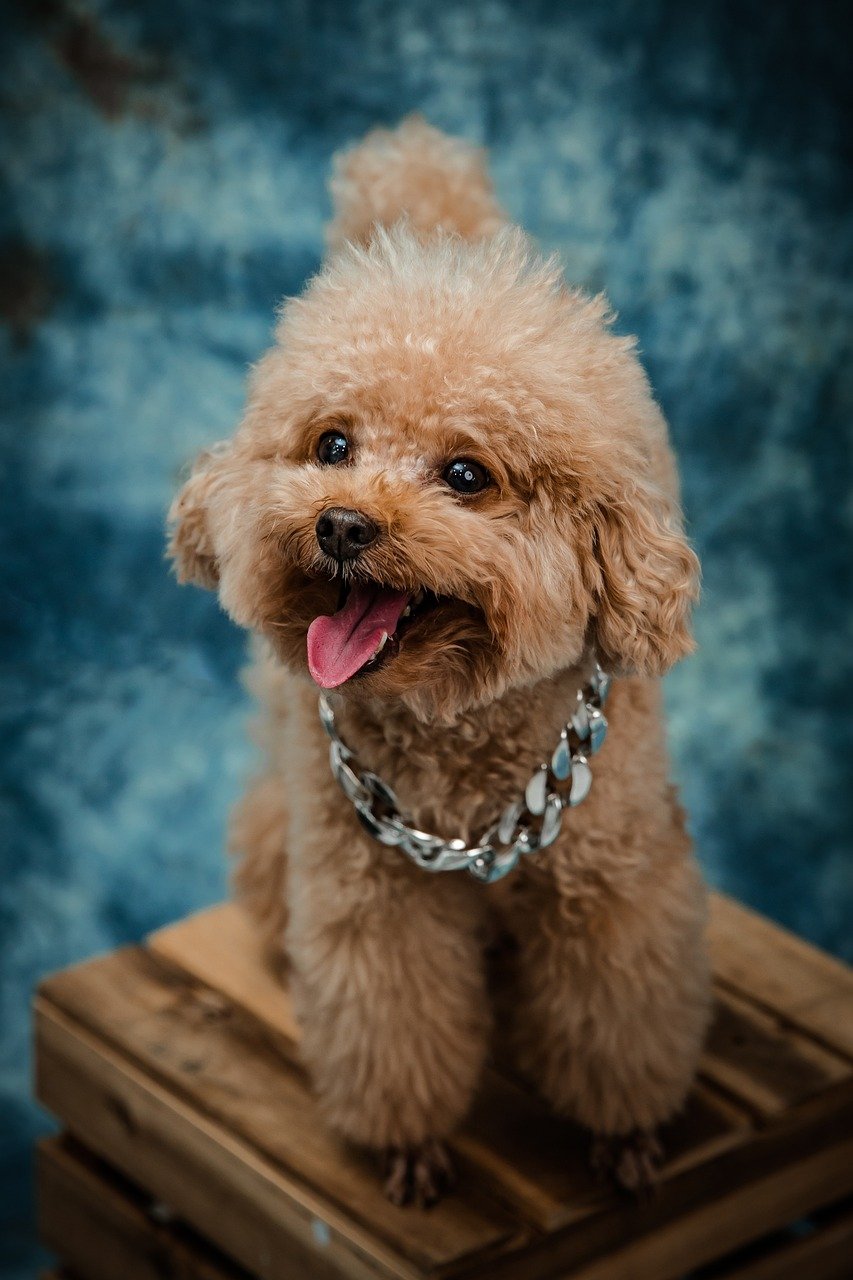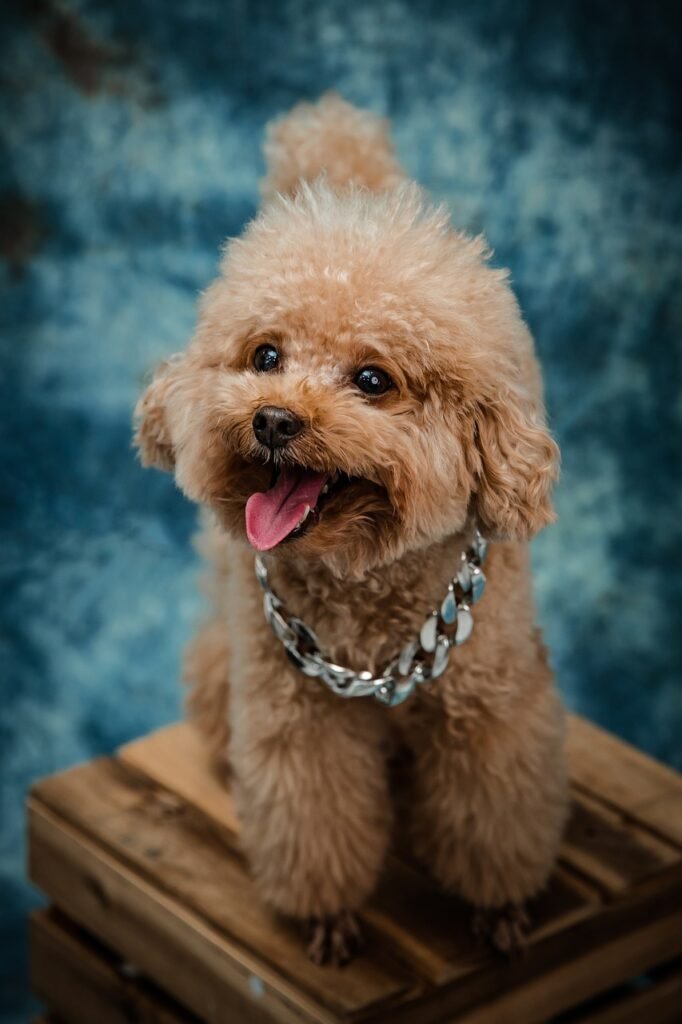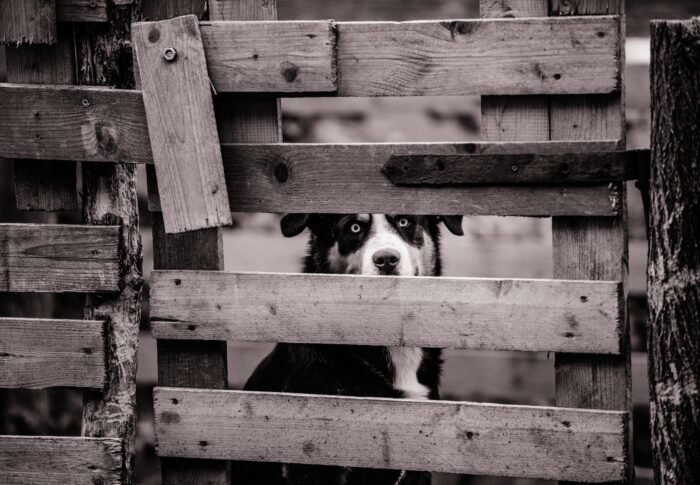
Finding the Perfect Dog Crate: Ideal Dimensions and More
When it comes to finding the perfect dog crate, the ideal dimensions are key. You want your furry friend to be comfortable and secure, without feeling confined or cramped. But with so many options out there, how do you determine the right size for your dog? In this article, we will explore the ideal crate dimensions based on your dog’s size and breed, as well as other important factors to consider when selecting the perfect dog crate. So, get ready to find the crate that will be your dog’s cozy and safe haven!
Find products like these on Amazon!
Selecting the Right Size Crate
When it comes to choosing the right size crate for your dog, there are a few factors to consider. Determining the correct size is crucial to ensure your dog feels comfortable and secure in their crate. Additionally, thinking about your dog’s current and future size will help you choose a crate that will accommodate them as they grow. Lastly, understanding the sizing guidelines for common breeds can give you a good starting point when selecting a crate.
Determining the Correct Size
To determine the correct size crate for your dog, you need to consider their measurements. Measure your dog’s height from the floor to the top of their head, and their length from the tip of their nose to the base of their tail. Add a few inches to both measurements to ensure your dog has enough space to stand up, turn around, and lie down comfortably. It’s important to choose a crate that is not too big, as dogs typically feel more secure in a cozy and snug space.
Considering the Dog’s Current and Future Size
While it’s essential to choose a crate that fits your dog’s current size, it’s also important to consider their future size. Puppies, in particular, will grow quickly, and investing in a crate that can accommodate their adult size will save you from having to purchase a new crate as they outgrow their current one. If you’re unsure about the size your dog will reach, consult with your veterinarian or research the average size of your dog’s breed.
Sizing Guidelines for Common Breeds
If you’re unsure where to start when selecting a crate size for your dog, there are general sizing guidelines based on common breeds. Keep in mind that these are just guidelines, and individual dogs within a breed can vary in size. Small breeds, such as Chihuahuas and Yorkshire Terriers, typically require crates that are around 24 inches long. Medium breeds, like Beagles and Bulldogs, generally need crates around 36 inches long. Large breeds, such as Labradors and German Shepherds, typically require larger crates that measure around 42 inches in length. However, it’s always best to measure your specific dog to ensure the right fit.
Types of Dog Crates
Once you have determined the correct size for your dog’s crate, you can explore the different types of crates available. Each type has its own advantages and disadvantages, so it’s important to consider your dog’s needs and your lifestyle to choose the most suitable option.
Wire Crates
Wire crates are a popular choice for many dog owners due to their versatility and affordability. These crates are made of metal wires that provide excellent ventilation and visibility for your dog. They are usually collapsible, making them easy to store and transport. However, wire crates may not provide as much security as some other types, and dogs who are anxious or prone to escape may not do well in them.
Plastic Crates
Plastic crates, also known as airline crates, are a great option for traveling or transporting your dog. These sturdy crates provide more security and privacy compared to wire crates. They are often equipped with a steel door and ventilation holes to ensure adequate airflow. Plastic crates can also be warmer and more den-like, providing a cozy space for your dog. However, they are usually not collapsible, which can be a drawback if space is limited.
Soft-Sided Crates
Soft-sided crates are lightweight and portable, making them a popular choice for frequent travelers or those who need a crate on the go. These crates are made of durable fabric and often have mesh panels for ventilation. Soft-sided crates are typically easy to assemble and disassemble, and they fold flat for easy storage. However, they may not be suitable for dogs who are prone to chewing or digging, as they are not as sturdy as wire or plastic crates.
Heavy-Duty Crates
For dogs who are strong or tend to be destructive, heavy-duty crates are the way to go. These crates are made of reinforced materials, such as steel or heavy-duty plastic, to withstand chewing, scratching, and attempts to escape. They often have secure latches and locks to ensure your dog stays safely contained. Heavy-duty crates can be more expensive than other options, but they provide unparalleled durability and security for your dog.
Decorative Crates
If you’re looking for a crate that seamlessly blends with your home decor, decorative crates are worth considering. These crates are designed to resemble furniture pieces, such as end tables or coffee tables, allowing them to serve a dual purpose in your home. Decorative crates are usually made of wood or wicker and often come with built-in features like storage compartments. However, it’s important to ensure that these crates provide adequate ventilation and security for your dog.

This image is property of pixabay.com.
Find products like these on Amazon!
Features to Look for in a Dog Crate
When choosing a dog crate, there are several important features to consider. These features can make a significant difference in the convenience, functionality, and safety of the crate for both you and your dog. Here are some key features to look for:
Easy Assembly and Disassembly
A crate that is easy to assemble and disassemble can save you time and frustration. Look for crates that either come fully assembled or require minimal tools or effort to set up. Similarly, a crate that can be easily taken apart for cleaning or storage is a convenient option.
Durability
The durability of a dog crate is crucial, especially if you have a strong or active dog. Opt for crates made of sturdy materials like metal or heavy-duty plastic. Reinforced corners and secure latches are also important for ensuring the crate can withstand your dog’s movements and attempts to escape.
Portability
If you plan to travel frequently with your dog or need to move the crate around your home, portability is an essential feature. Look for crates that are lightweight and foldable for easy transportation. Handles or carrying straps can also make it more convenient to move the crate when necessary.
Ventilation
Adequate ventilation is crucial to keep your dog comfortable and ensure proper airflow inside the crate. Look for crates with mesh or wire panels that provide sufficient ventilation. This is especially important in warm climates or if you live in an area with high humidity.
Security Features
Security features are important to ensure your dog stays safely contained in the crate. Look for crates with secure latches or locks that your dog cannot easily open. Some crates also have additional security features, such as double door latches or reinforced corners, for added peace of mind.
Easy Cleaning
Keeping your dog’s crate clean is essential for their health and hygiene. Look for crates with removable trays or floors that can be easily cleaned and disinfected. Some crates also have machine-washable crate covers or liners, which can make cleaning even more convenient.
Material Considerations
Different types of dog crates are made from various materials, each with its own benefits and drawbacks. Understanding the characteristics of each material can help you choose the most suitable crate for your dog.
Wire Crates – benefits and drawbacks
Wire crates have several benefits. They provide excellent ventilation, allowing for proper airflow and visibility. The open design also makes wire crates feel more spacious and less confining. Additionally, wire crates are often collapsible, making them easy to store and transport.
However, wire crates may not offer as much security as other options. Some dogs may find it easier to escape from wire crates, especially if they are anxious or determined. Wire crates also do not provide much privacy, which can be a drawback for dogs who prefer a more den-like environment.
Plastic Crates – benefits and drawbacks
Plastic crates offer more security and privacy compared to wire crates. The solid construction and steel door provide a more enclosed and cozy environment for your dog. Plastic crates are also typically warmer, which can be advantageous in colder climates.
However, plastic crates are usually not collapsible, which can make them less convenient for storage or travel. Some plastic crates may also have limited ventilation, so it’s essential to choose one with adequate airflow to keep your dog comfortable.
Soft-Sided Crates – benefits and drawbacks
Soft-sided crates are lightweight and portable, making them ideal for travel or on-the-go use. The fabric construction and mesh panels provide ventilation and visibility. Soft-sided crates are also usually easy to assemble and disassemble, and they can be folded flat for storage.
However, the soft fabric material may not be suitable for dogs who are prone to chewing or digging. Soft-sided crates are not as sturdy as wire or plastic crates, and determined dogs may be able to escape or damage the crate.
Heavy-Duty Crates – benefits and drawbacks
Heavy-duty crates are designed for strong or destructive dogs. These crates are made of reinforced materials, such as steel or heavy-duty plastic, to withstand chewing, scratching, and attempts to escape. Heavy-duty crates provide unparalleled durability and security for your dog.
However, heavy-duty crates can be more expensive compared to other options. They may also be heavier and less portable, which can be a drawback if you need to transport the crate frequently.

This image is property of pixabay.com.
Choosing the Appropriate Crate Design
In addition to considering the size and material of the crate, the design of the crate can also impact its functionality and convenience. Here are some aspects of crate design to consider:
Single or Double Door
Crates can have a single door or double doors. Single-door crates are often more affordable and suitable for dogs who are comfortable entering from one side. Double-door crates, on the other hand, provide more flexibility in terms of access and positioning in your home. They can also make it easier to load and unload your dog from the crate, especially if you have limited space.
Collapsible Design
A collapsible crate can be a convenient feature if you need to store or transport the crate frequently. These crates can be folded flat, allowing you to easily slide them under a bed or in a closet when not in use. Collapsible crates are particularly useful for those who travel frequently with their dog or have limited space in their home.
Removable Tray or Floor
Having a removable tray or floor in the crate can make cleaning and maintenance much easier. Accidents or spills can be quickly and thoroughly cleaned with a removable tray without the need to move the entire crate. This feature can save you time and effort in keeping the crate clean and hygienic for your dog.
Additional Accessories for Comfort
To make your dog’s crate even more comfortable and inviting, consider adding some accessories. These extra items can enhance your dog’s experience and make the crate feel like a cozy retreat.
Comfortable Bedding
Adding a comfortable and supportive bed or mat to the crate can make it more inviting for your dog. Look for bedding that is easy to clean and resistant to odors. Make sure it fits snugly in the crate without leaving any gaps where your dog’s paws could get caught.
Crate Covers
Crate covers can offer your dog additional privacy and create a den-like environment. Covers can also help darken the crate for dogs who are easily stimulated by external stimuli, making it easier for them to relax and rest. Choose covers made of breathable materials to ensure proper ventilation.
Toys and Chewables
Including some toys or chewables in the crate can help keep your dog entertained and occupied. Choose toys that are safe and durable, and avoid items that could be a choking hazard. Interactive toys can provide mental stimulation and help prevent boredom during crate time.
Water Bottle or Bowl
If your dog will be in the crate for an extended period, consider providing a water bottle or bowl so they can stay hydrated. Opt for spill-proof options or attach the bowl securely to the crate to avoid spills and messes.

This image is property of pixabay.com.
Training Tips for Crate Use
Introducing your dog to their crate requires patience, positive reinforcement, and gradual acclimation. Here are some training tips to help your dog become comfortable with their crate:
Positive Reinforcement
Use positive reinforcement techniques to associate the crate with positive experiences. Reward your dog with treats, praise, and affection when they enter the crate voluntarily or show calm behavior inside. Avoid using the crate as a form of punishment to ensure your dog sees it as a safe and comfortable space.
Gradual Introduction
Introduce your dog to the crate gradually to prevent fear or anxiety. Start by leaving the crate door open and enticing your dog to explore it using treats or toys. Once your dog feels comfortable going in and out of the crate, gradually close the door for short periods, gradually increasing the duration over time.
Creating a Safe and Positive Space
Make the crate a comfortable and enjoyable space for your dog. Line the bottom with cozy bedding, add some familiar toys, and provide water when necessary. Make sure the crate is placed in a quiet area free from distractions or loud noises. By creating a safe and positive environment, your dog will be more likely to view the crate as their den and feel secure inside.
Common Mistakes to Avoid
When selecting and using a dog crate, it’s important to avoid these common mistakes to ensure the best experience for you and your dog:
Choosing the Wrong Size
Selecting a crate that is too small or too big for your dog can lead to discomfort or anxiety. Avoid choosing a crate based solely on your dog’s weight, as dogs can vary in height and length even within the same weight range. Take accurate measurements and consult sizing guidelines to choose the right crate for your dog.
Neglecting Important Features
Don’t overlook important features when choosing a dog crate. Consider your dog’s specific needs, such as ventilation requirements, security preferences, and ease of cleaning. By choosing a crate with the appropriate features, you can ensure your dog’s comfort and safety.
Inadequate Training and Introduction to the Crate
Properly introducing your dog to their crate and providing appropriate training is essential. Rushing the process or forcing your dog into the crate can lead to resistance and anxiety. Take the time to gradually acclimate your dog to the crate using positive reinforcement techniques. Investing in proper training and introduction will create a positive association with the crate and make it a valuable tool for both you and your dog.
The Importance of Proper Crate Use
Using a crate properly can have several benefits for both you and your dog. Here are some reasons why proper crate use is important:
Providing a Safe Environment
A crate offers a safe space for your dog to retreat and feel secure. It can provide them with a sense of comfort and privacy, especially in busy or stressful environments. A crate can also prevent your dog from engaging in unwanted behaviors, such as destructive chewing or house soiling, when you cannot directly supervise them.
Travel and Transport
Having a crate that is appropriate for travel and transport is crucial for the safety of your dog. Whether you’re taking a road trip or flying, a crate provides a secure and familiar space for your dog during the journey. It can also prevent them from moving around the vehicle, reducing the risk of injury during sudden stops or turns.
Effective House Training
Using a crate as part of a house training routine can be highly effective. Dogs naturally avoid soiling their sleeping area, so keeping them in a properly sized crate or using crate training during specific times, such as overnight or when you’re unable to watch them, can help reinforce good bathroom habits. Just be sure to gradually increase the amount of time your dog spends in the crate and provide regular bathroom breaks to avoid accidents.
Conclusion
Finding the perfect dog crate requires careful consideration of size, materials, features, and design. By ensuring the crate is the right fit for your dog’s needs, you can provide a comfortable and secure space for them. Remember to measure your dog accurately, consider their current and future size, and familiarize yourself with the sizing guidelines for common breeds. Once you have determined the correct size, explore the different types of crates available, such as wire, plastic, soft-sided, heavy-duty, and decorative. Look for important features like easy assembly, durability, portability, ventilation, and security. Consider the benefits and drawbacks of different materials, such as wire, plastic, soft-sided, and heavy-duty. Choose a crate design that suits your needs, whether it’s a single or double door, collapsible, or with a removable tray. To provide extra comfort, consider adding accessories like bedding, crate covers, toys, and water bottles or bowls. When introducing your dog to their crate, use positive reinforcement, gradual acclimation, and create a safe and positive space. Avoid common mistakes such as choosing the wrong size, neglecting important features, or inadequate training. Proper crate use is essential as it provides a safe environment, facilitates travel and transport, and aids in effective house training. By following these guidelines and understanding the importance of proper crate use, you can ensure the well-being and happiness of your furry friend.
Find products like these on Amazon!







-
-
1 day
Tagged Crate training, Dog, Large breeds, Pet care